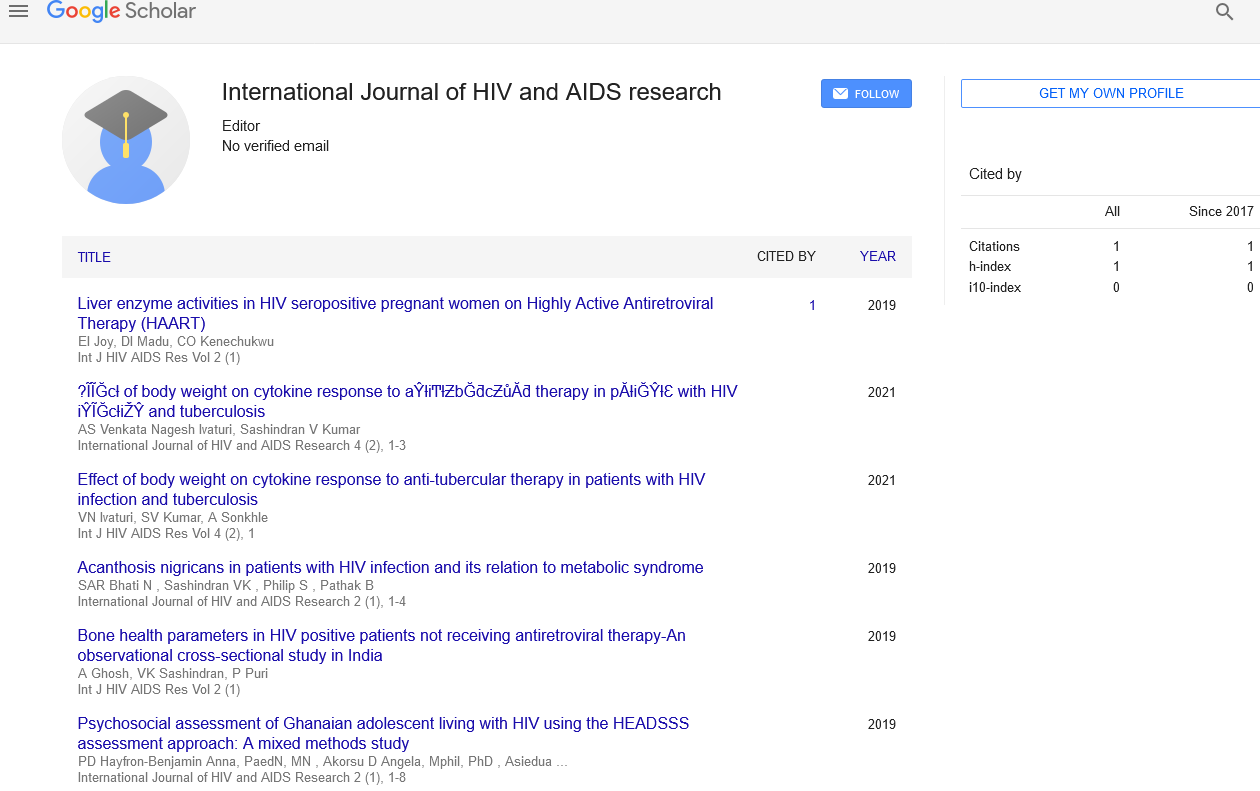Formulation, structural, and stability investigations of pea and soy protein stabilized emulsions
Received: 06-Apr-2023, Manuscript No. PULAFSJ-22-6314; Editor assigned: 10-Apr-2023, Pre QC No. PULAFSJ-22-6314 (PQ); Reviewed: 24-Apr-2023 QC No. PULAFSJ-22-6314; Revised: 05-Jun-2023, Manuscript No. PULAFSJ-22-6314 (R); Published: 12-Jun-2023
Citation: Griffith J. Formulation, structural, and stability investigations of pea and soy protein stabilized emulsions. App Food Sci J. 2023;7(1):1
This open-access article is distributed under the terms of the Creative Commons Attribution Non-Commercial License (CC BY-NC) (http://creativecommons.org/licenses/by-nc/4.0/), which permits reuse, distribution and reproduction of the article, provided that the original work is properly cited and the reuse is restricted to noncommercial purposes. For commercial reuse, contact reprints@pulsus.com
Abstract
Animal proteins have been replaced by plant proteins as a result of consumer concern over them over the past few decades. As the majority of those proteins have emulsifying qualities, the food industry has started using them extensively in diverse food matrices. In the current work, Soy and Pea Protein Isolates (PPI and SPI) were investigated as possible encapsulators of tocopherol and squalene in food emulsions. The pH alteration approach was especially used to create PPI and SPI particles. Then, emulsions were created using high-shear homogenization, and both microscopic and macroscopic observations were made. Moreover, the bicinchoninic acid protein test was used to assess the proteins adsorption.
Keywords
Soy and pea protein isolates; Proteins; Tocopherol; Squalene; pH
Introduction
The desire for healthier and more environmentally friendly food options is rising in the modern food sector. The manufacturing of processed foods made from animal sources is rising along with the human population. Unfortunately, this kind of food frequently includes saturated fats, which contributes to dietary disorders like obesity and diabetes and has also been linked to the spread of infectious diseases and antibiotic resistance. Also, the rising demand for animal products like milk, eggs, and meat has a significant impact on the environment and raises a number of moral concerns about animal welfare. The commission's recommendations state that consumption of goods generated from animals should be significantly reduced. In the case of dairy products specifically, allergies and lactose intolerance have prompted customers to look for healthier substitutes. Due to discrepancies in quality, organoleptic qualities, and functional attributes, such as stability, creaming, undercooking, etc., commercial milk alternatives made from coconut, soy, almond, and other sources are not well received by consumers. Nowadays, wheat or soybeans are the sources of the majority of plant proteins utilized in food production. Yet, there is growing interest in using proteins from peas, faba beans, rice, and other plants due to the allergenicity of both ingredients and customer demand for substitute options. While soybeans might encounter some challenges. It is still one among the most promising plant proteins in terms of stability and usefulness despite being designated as a food allergy. Particularly, soybean proteins have demonstrated significant functional qualities as emulsifying, wetting, and/or gelling. When utilized in food matrices, pea protein has also been discovered to exhibit significant characteristics.
Description
Because of these crucial characteristics, the food industry has accepted soybean and pea proteins as viable substitutes to animal proteins, particularly in goods like plant-based milks or even meat-analog products. Technology based design and development methods for these unique goods include those that alter the structure of food systems. To improve the texture and mouthfeel of the finished product, modifications in the pH, temperature, solubility, and other parameters may be made. Systems called emulsions are frequently employed in the creation of food products. Particle stabilized emulsions, a particular kind of emulsion, have gained more attention during the past few decades. First to examine the interfacial processes occurring in these emulsions, Ramsden and Pickering independently noted that solid particles might stabilize the interface between two immiscible liquids. The absence of surfactants and the presence of functional particles with high nutritional value make particle stabilized emulsions extremely advantageous. The uniqueness of these emulsion types is that the particles are utilized are somewhat wettable by both the water and the oil phases, and they are adsorbed at the oil-water interphase, establishing a steric barrier, preventing oil and water from contacting each other, stabilizing the emulsion droplets. Protein based emulsions have been suggested as adaptable systems with customizable properties that would make suitable candidates for culinary applications in this regard. Moreover, these systems have the capacity to entrap bioactive of various solubility’s, providing the finished product with health benefits. Squalene and tocopherol, also known as vitamin E, are two such beneficial bioactive substances. Tocopherol is a lipid-soluble essential micronutrient obtained from plants that has applications in pharmaceutics, cosmetics, and food. It has been discovered that tocopherol is crucial for the preservation of good health as well as the prevention and/or treatment of several diseases and disorders. Adults should consume 15 mg (22.4 IU, international unit) each day. The antioxidant activity of tocopherol by scavenging free radicals, membrane stabilization by forming complexes with destabilizing molecules, regulation of enzyme activity, and prevention of diseases such as neurological disorders, cardiovascular diseases, and age related skin damage are just a few of the many roles that tocopherol has been linked to. The importance of tocopherol as an antioxidant against free radicals has been amply shown among these functions, and it appears that this is the most crucial one. Furthermore, tocopherol prolongs the shelf life of foods and oils by preventing air oxidation. It is abundantly present in nature, particularly in vegetable oils like olive oil. Squalene has a number of advantageous traits. It functions as a skin hydration agent, a natural antioxidant, and an emollient in vaccinations.
Conclusion
As an olive oil derivative, it has also been investigated for its potential to prevent heart disease and fight cancer. It also lowers cholesterol levels. Due to the extensive usage of olive oil in the Mediterranean region, a high squalene consumption of 200-400 mg per day was noted. There is no set dose for squalene because the FDA has not licenced it to treat any ailments.





